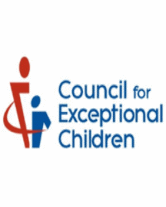Adapt Lessons to Reach All Students
| Principle | Criteria/Feature |
| I. Big Ideas Concepts, or principles that facilitate the most efficient and broad acquisition of knowledge |
|
| II. Conspicuous Strategies Useful steps for accomplishing a goal or task |
|
| III. Mediated Scaffolding Instructional guidance provided by teachers, peers, materials, or tasks |
|
| IV. Strategic Integration Integrating knowledge as a means of promoting higher-level cognition |
|
| V. Judicious Review Structured opportunities to recall or apply previously taught information |
|
| VI. Primed Background Knowledge Preexisting information that affects new learning |
|
For a summary of the Six Principles of Effective Curriculum Design.
*Excerpted from Toward Successful Inclusion of Students with Disabilities: The Architecture of Instruction by Edward J. Kameenui, and Deborah Simmons(1999).







